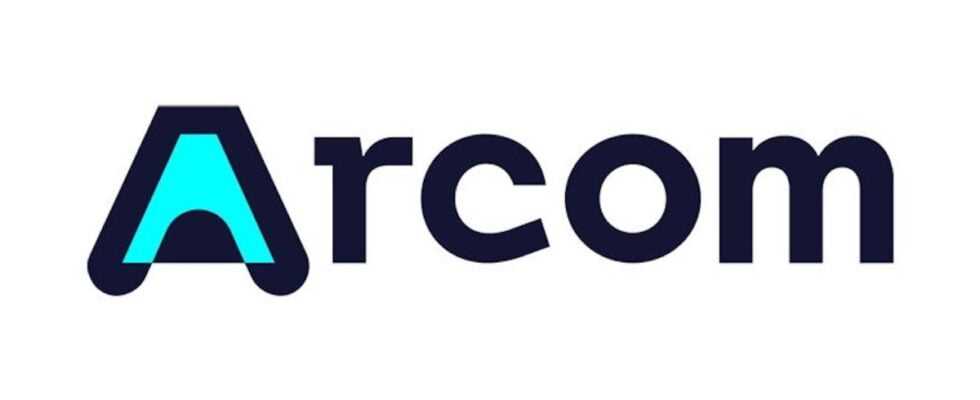On January 1, 2022, the Superior Audiovisual Council (CSA) and the High Authority for the Distribution of Works and the Protection of Rights on the Internet (Hadopi) merged to give birth to Arcom. But what exactly is the Arcom?
Gone is the Superior Audiovisual Council (CSA), bye-bye the High Authority for the dissemination of works and the protection of rights on the Internet (Hadopi). Since January 1, these two acronyms have been replaced by one: Arcom, for Audiovisual and Digital Communication Regulatory Authority. In the works for more than two years, this merger has taken its time to become a reality.
Former boss of the CSA, Roch-Olivier Maistre takes the head of Arcom. © Pascal Le Segretain – Getty Images
In the facts, as pointed out by a colleague on Twitter, it is especially the much disparaged Hadopi who is seen sketched by the CSA, to such an extent that it is the former president of the latter, Roch-Olivier Maistre, who took the head of the new group whose college has eight other members appointed for six years renewable by various bodies, in particular the Senate and the National Assembly.
Nearly 50 million euros of budget
So, what are the prerogatives of Arcom? In essence, it is the new audiovisual policeman, in the broad sense of the term. He will have to manage the problems linked to television channels, radio stations, to the cinema and, a great novelty compared to the missions of the CSA, to all those relating to digital. Speaking time for politicians during an election period, the fight against piracy, allocation of TNT frequencies, regulation of SVoD platforms, social networks … The skills of this new actor are multiple and its 355 employees will not be too many to carry out successfully its missions, as well as a budget of 46.6 million euros.
As we mentioned in a recent article, the fight against piracy is probably the axis on which the Arcom will focus particularly during the first weeks. This will include the possibility of setting up blacklists aimed at hampering the proliferation of torrents and illegal streaming sites, as well as their mirrors. Lists to which external actors, in particular rights holders, can contribute, and which will then be useful to other organizations, banking or advertising for example, to know who to work with or not. It will also be much easier than before to block these illegal sites from the various Internet service providers, without having to go through a prior notice.
The other big file that will have to be managed is the endless series of the media chronology. If Canal + recently declared that it had reached an agreement with the audiovisual industry, the issue of SVoD platforms is still open. The Minister of Culture Roselyne Bachelot had set a deadline for February 2022 to find a global agreement. It will also be up to Arcom to take care of the participation of streaming services in the financing of the French audiovisual sector, in force since last summer.
Among the tools already offered on the authority’s site, there is also a catalog of legal services available to consumers, or a browser extension to identify copyright-friendly sites.
Other hot matters await the teams of the new super-regulator: the fight against the spread of false information, access to pornographic sites by minors, and especially the merger of TF1 and M6. In this case, it is above all the opinion of the Competition Authority that is eagerly awaited, but Arcom should issue an opinion on the matter before March 31. It is also Arcom which will have the task of reallocating the TNT frequencies of the channels from which the two groups will be offloaded.
